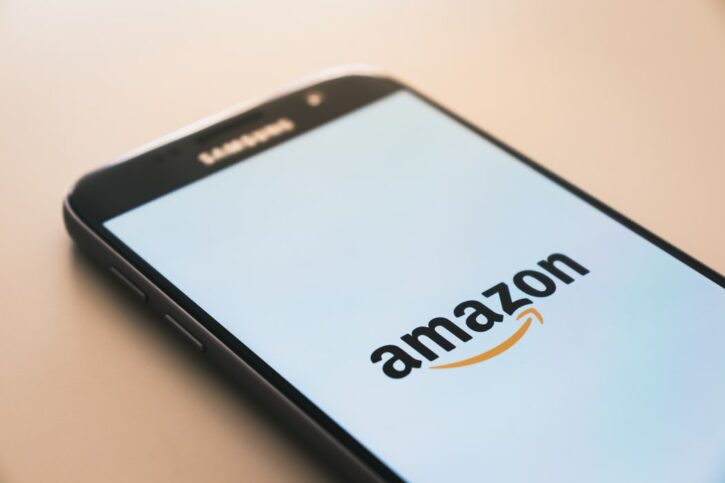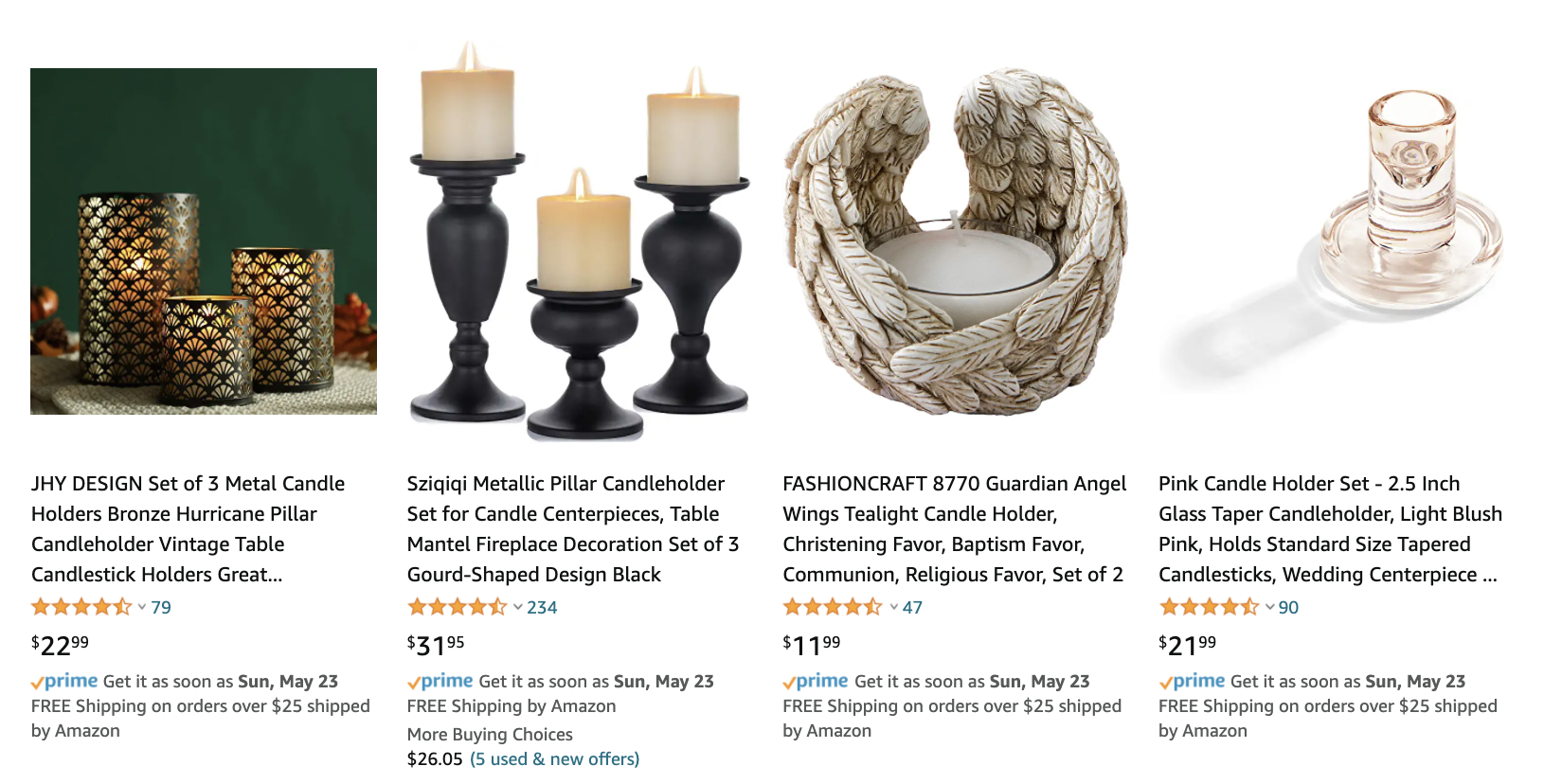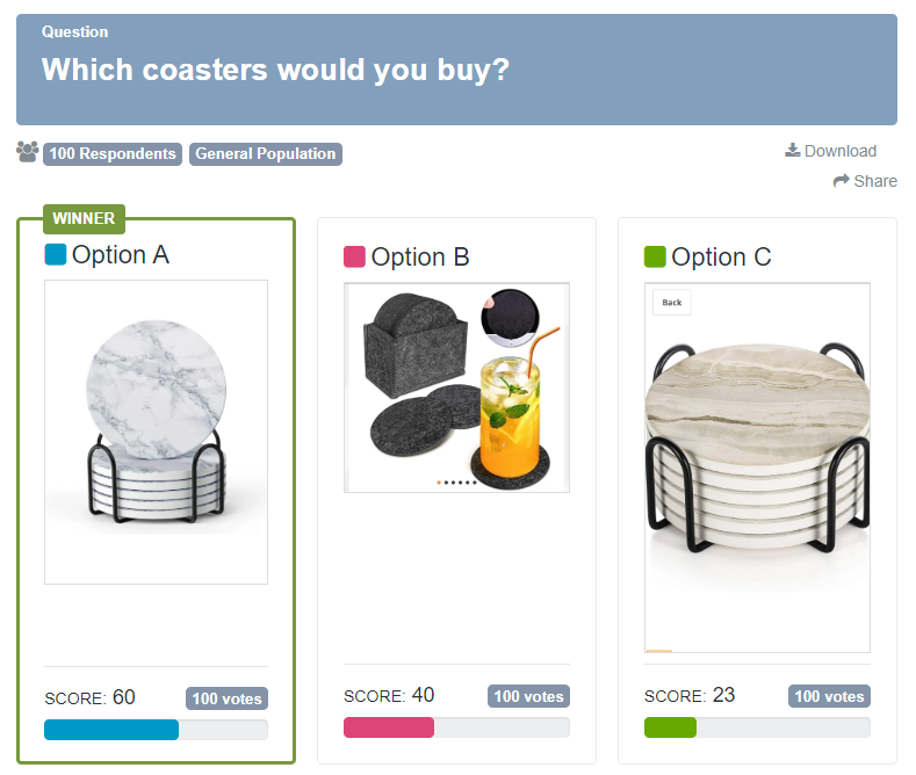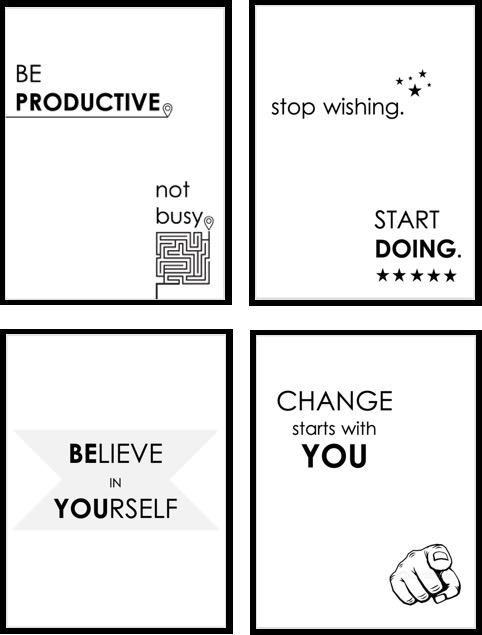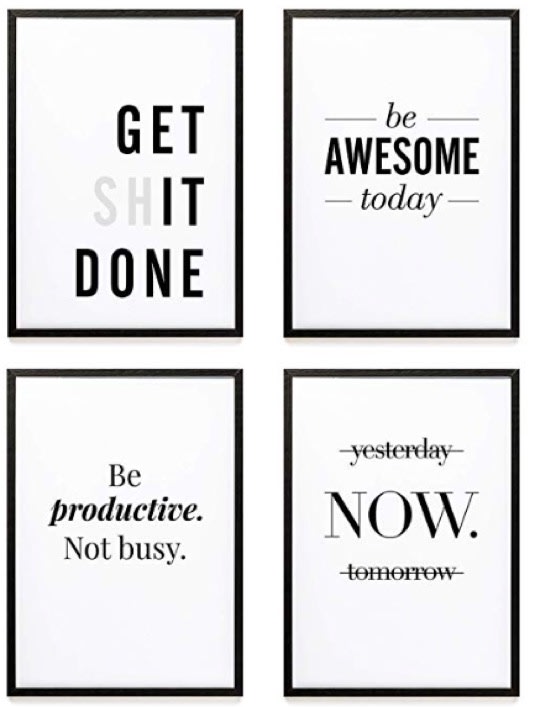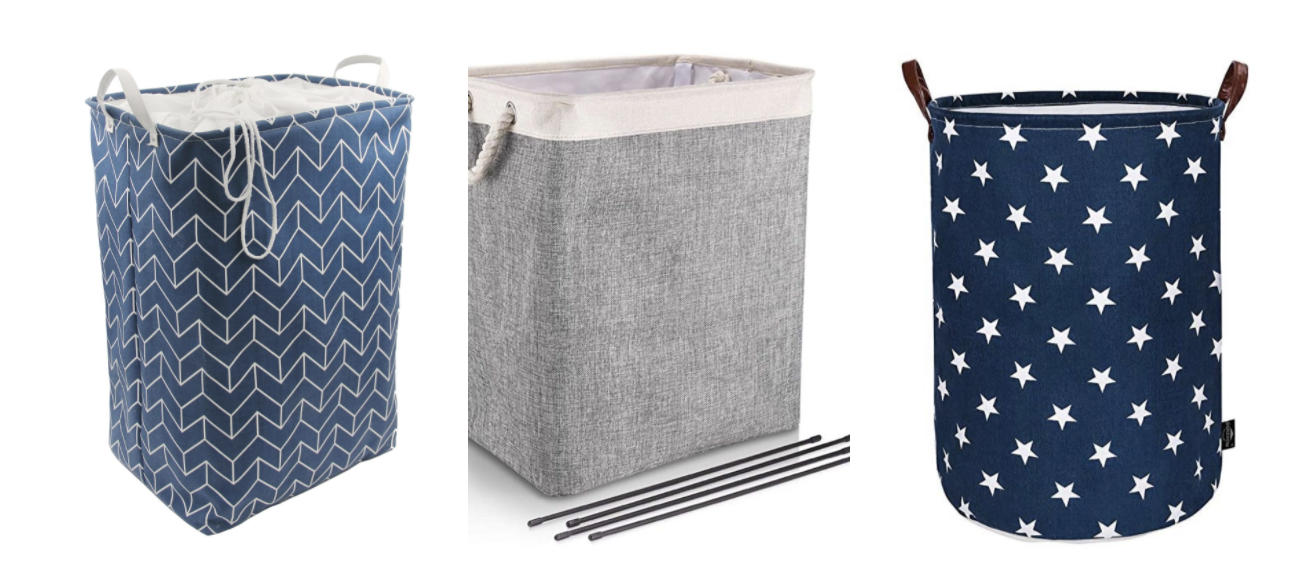Sourcing products to sell can be done through various methods such as dropshipping, print-on-demand, wholesale, and custom manufacturing. Today, let’s take a look at Amazon FBA product sourcing and answer common questions about deciding which products to offer.
What is sourcing on Amazon?
First, FBA stands for Fulfillment by Amazon, which means you send your inventory to Amazon to store it in its warehouses. When a customer buys it, Amazon takes care of the packing and shipping, as well as refunds and returns.
Using Amazon FBA ensures quality logistics, so you only need to worry about sourcing and marketing your products. Not all sellers manufacture their own products and source their products through other means such as wholesalers, dropshipping, or an outside manufacturer.
A few tips to evaluate potential products
Every product idea you have should be carefully considered before you sell it. Here are a few questions to ask yourself when evaluating potential products for your business:
- Will my business receive profit from this product? Make sure a product will give you a good profit margin that you can either put back into your business or create an income for you.
- How easy (or difficult) will this product be to create and sell? You can create custom products for your business buying materials from outside suppliers, using dropshipping or wholesale, or utilizing print-on-demand services.
- What is my business budget? Depending on the size and weight of your product, Amazon FBA shipping fees may cost more than other shipping methods.
- Is this product seasonal? Make sure you release new products at the proper time your customers might need them. For example, if you run a clothing business, you wouldn’t begin to sell shorts and tank tops at the beginning of winter. Your customers will be looking for sweaters and snow boots at that time.
- What is the competition doing? Take a look at other brands and companies that are selling similar products. How can you make your products more enticing over the competition?
- What are you passionate about? What do you want to sell? What would you enjoy bringing into people’s lives? If you’re truly interested in your niche, running a business will be more enjoyable.
However, it’s not just a matter of finding what you’re passionate about and releasing new products during the optimal season. Other aspects should be considered when it comes to choosing inventory that sells including the following:
- Keyword and category research
- Keeping up with trends
- Buying small quantities of your products to test the water
- Trying various ways to explain and market the product. For example, if it doesn’t sell well for one purpose, could it work for another?
How do I find good FBA products?
One way to find potential FBA products to sell is to collect information from similar products sold on Amazon. Here are a few example stats for your research:
Profit margin
A profit margin is the amount of money you receive from selling products after fees and other expenses. You want to have enough profit margin to earn an income from your business.
There are two different types of margins: operating margin and gross margin. Operating margin is how much you can put back into your business after sales, minus fees. Gross margin includes all the fees from your product from start to finish. Fees may include your seller account fee, referral fees, and FBA fees (monthly inventory storage and fulfillment fee per unit).
Competition
Determine who the competition is as you find the products you want to sell. Which brands are selling that product the best? How can you make it better?
Take a look at the price your competition is offering the product. Think about your own pricing based on fees and other business expenses. Look at the reviews of your competitors’ products. What is the company doing well based on the good reviews and what needs improvement based on the negative reviews?
Search volume
Think about your target audience and the types of products they need. What would help solve their problems? What would help make things easier for them? If a product isn’t in high demand, then it will most likely be difficult to sell.
Where do I source products for Amazon FBA?
The tools below can help you research products for Amazon FBA. Once you’ve determined what products to sell, you will need to research dropshippers, wholesalers, or manufacturers to produce them.
Helium10
Helium10 provides product research, keyword research, optimization ideas, financial analysis, and more.
Algopix
Algopix scans Amazon, eBay, and Walmart to offer research and analysis tools for products.
PickFu
PickFu helps you ask shoppers in your target market which products they prefer to buy. This way, you can make sure you’re sourcing the best products before you go into production or commit to buying inventory.
How PickFu can help your Amazon FBA product sourcing
PickFu polls are simple to set up and quick to get responses. There are various questions to ask respondents to ensure you get the feedback you need.
- Ask specific questions of respondents based on what you want to accomplish with your product ideas. Some sample questions may compare and contrast the look of a certain product or pit similar products against each other to see which one entices people more.
- Choose the audience you’d like to answer your poll. PickFu enables you to poll 50, 100, 200, or 500 people at one time. The respondents can be narrowed down to your product niche. Choose respondents by mixing and matching over 45 traits from our panel of people.
- Within minutes, our respondents will reply to your poll with detailed reasons explaining why they chose one option over the other.
Amazon FBA product sourcing: Sample poll 1
If you’re considering various products to source, use PickFu to see what shoppers think is the best product option. In this case, the seller asked 100 people which set of coasters they liked best. The written answers were typically based on the style and look of the coasters and votes were cast based on the style of coaster that seemed to best fit in their home.
Out of the three options provided, Option A was the winner followed by Option B.
After voting on which product they would buy, the respondents gave detailed explanations as to why, such as:
- “I made my choices based on the visual pleasantness of the product. The first choice was because I like the color of the stone for the coaster. I also really like the rack the coasters sit in. The next two choices were based on a ranked order of visual pleasantness and utility.”
- “[Option] A is my favorite; the marble-like design is very attractive and interesting. My second choice is [Option] C, the design looks a lot like natural stone and is very appealing, though not quite as attractive to me as [Option] A. [Option] B looks a little boring compared to the other two.”
With this information, the business owner can proceed in selling the product chosen by respondents (Option A), or they can create a follow-up poll to continue iterating product ideas further.
Sample poll 2
Sellers use PickFu to compare different product designs to see which one would sell better.
For example, in this poll, the seller asked 50 Amazon Prime members which set of motivational wall prints they like best. The final vote was close, but Option A won over Option B, mostly because one of the prints in Option B contained a curse word.
Some explanations not in favor of the swear word were:
- “This choice has no profanity. The font and graphics are professionally done and respectful in nature.”
- “I would want the ones without vulgar words on them!”
On the other hand, the people who didn’t mind the profanity said:
- “[Option] B is slightly more aggressive and vulgar but is more direct and likely to be motivational.”
- “I will choose profanity every time…it’s just my humor.”
The takeaway here is that something as small as a single word can make or break sales. Your products will not appeal to every audience. So, the business owner has a few options: they can sell just one set of prints based on the responses from the poll, they can try to sell both sets, or they can take the feedback and redesign the posters (perhaps adding color this time), then run another poll to make sure they’re on the right track.
Sample poll 3
In this poll, a seller asked 50 Amazon Prime members which product looked premium to them.
Option B, the middle basket in the image above, was the clear winner. Most respondents chose this option simply because of the color. Some explanations to why:
- “The gray one…looks by far the most upscale to me; it is elegant, I like the rope handle and the white border at the top, it would be a clear first choice for me, and it looks like the most upscale one.”
- “Option B is my favorite by far because the material looks to be of a higher quality, and the rope handles are thicker. Option A is a downgrade in quality and doesn’t look like to be too supportive of heavy loads. The same can be said for Option C – the material appears to not be that good quality-wise, and the handles don’t look like they would last long. Options A and C it looks like the handles would rip right off after a few uses (if you were doing laundry for example).”
It seems as though when looking at that type of product, most respondents thought about the decor in their own home wondering how each product would look. Ultimately, the simplest option also looked the most premium.
Amazon FBA product sourcing: a recap
Amazon FBA product sourcing requires research and consideration. You don’t want to purchase or produce inventory before you are confident that it is sellable.
PickFu helps make this process smoother for you. In just a few minutes, you can ask the market what they like and proceed accordingly.
